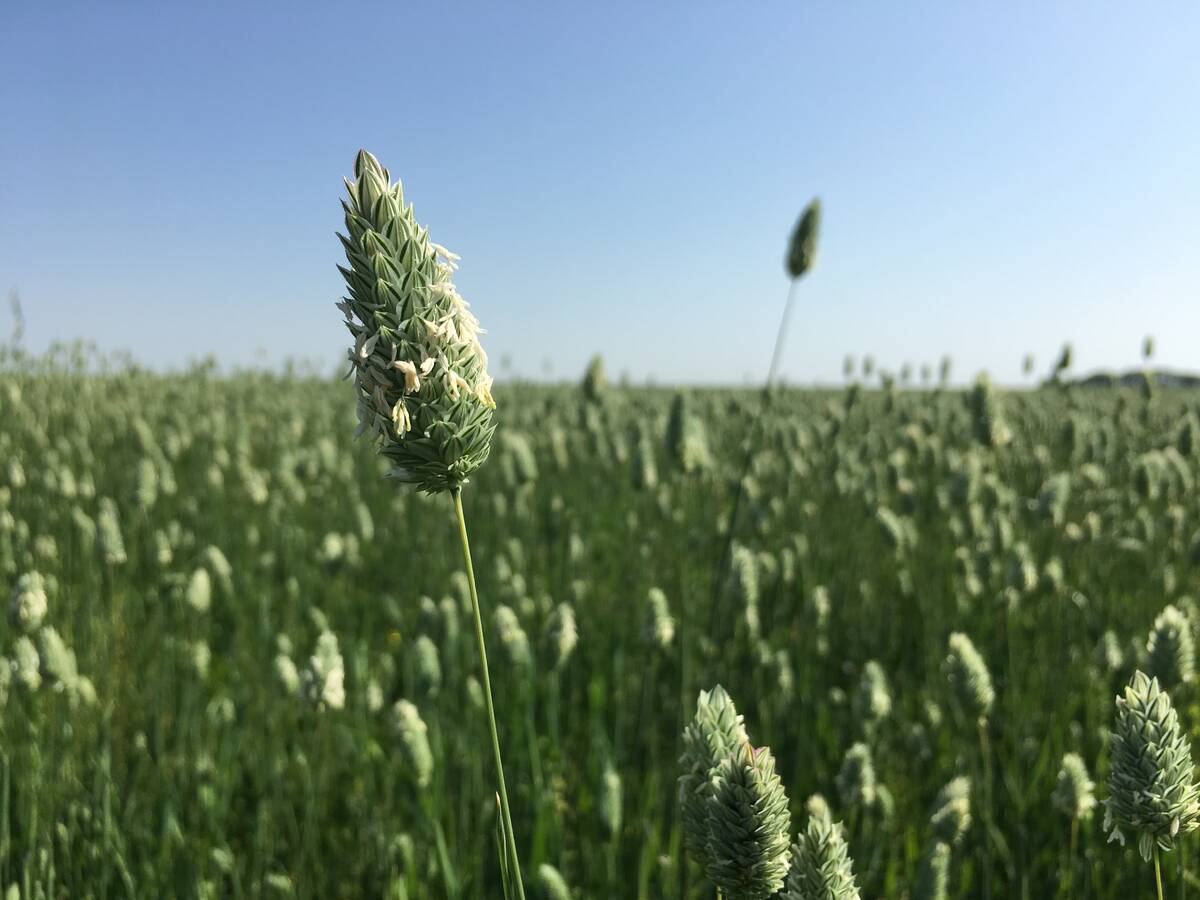Farmers spend a lot of time thinking about what crops they should be marketing at what time.
Which crops should they sell now and which ones can they afford to hang on to because they are least likely to suffer falling prices?
“Flax is the crop I think has the most potential to be climbing this year,” said adviser John Duvenaud of Wild Oats. “Mustard too.”
Mark Lepp of FarmLink Marketing Solutions agreed with those picks, adding sunflowers, green lentils and canola to the list of least dangerous crops to risk going unpriced into the winter.
Read Also

No special crop fireworks expected
farmers should not expect fireworks in the special crops market due to ample supplies.
Leaving crops unpriced has its perils, but this winter many farmers and analysts are bullish about where markets could go. Some farmers will probably opt to leave a number of crops unpriced so they can play the winter market, assuming prices will rise.
But there are dangers in world markets today, Lepp and Duvenaud said.
Oats in particular seem exposed in the medium term, with a huge crop creating a large prairie-wide stockpile that could kill prices in the winter.
“The one crop that has negative fundamentals on its own is oats,” said Duvenaud.
Lepp recommends farmers sell unpriced oats soon. He’s hoping to see a small rally in the market, at which point he’ll suggest farmers cash out before big supplies hit the market in the new year.
“We’re looking for a little spike in the market and sell into that,” he said.
The same goes for Canadian Wheat Board grain, which is in a tighter supply and demand situation, but which has already enjoyed an early bull market.
“We’re not going to say that the wheat rally is definitely over, but it’s definitely looking like a strong possibility,” said Lepp.
The prices of flax and mustard may not move up over the winter, but there is little chance they will collapse, so holding them shouldn’t present too much risk, the advisers said.
But Duvenaud had a word of caution about green lentils. It may be safe in market terms to leave that crop unpriced until later in the winter, but storing it that long could destroy its quality.
“You’ve got a burning match with the oxidization,” said Duvenaud.
“You don’t want to be fooling around holding them for too long.”















